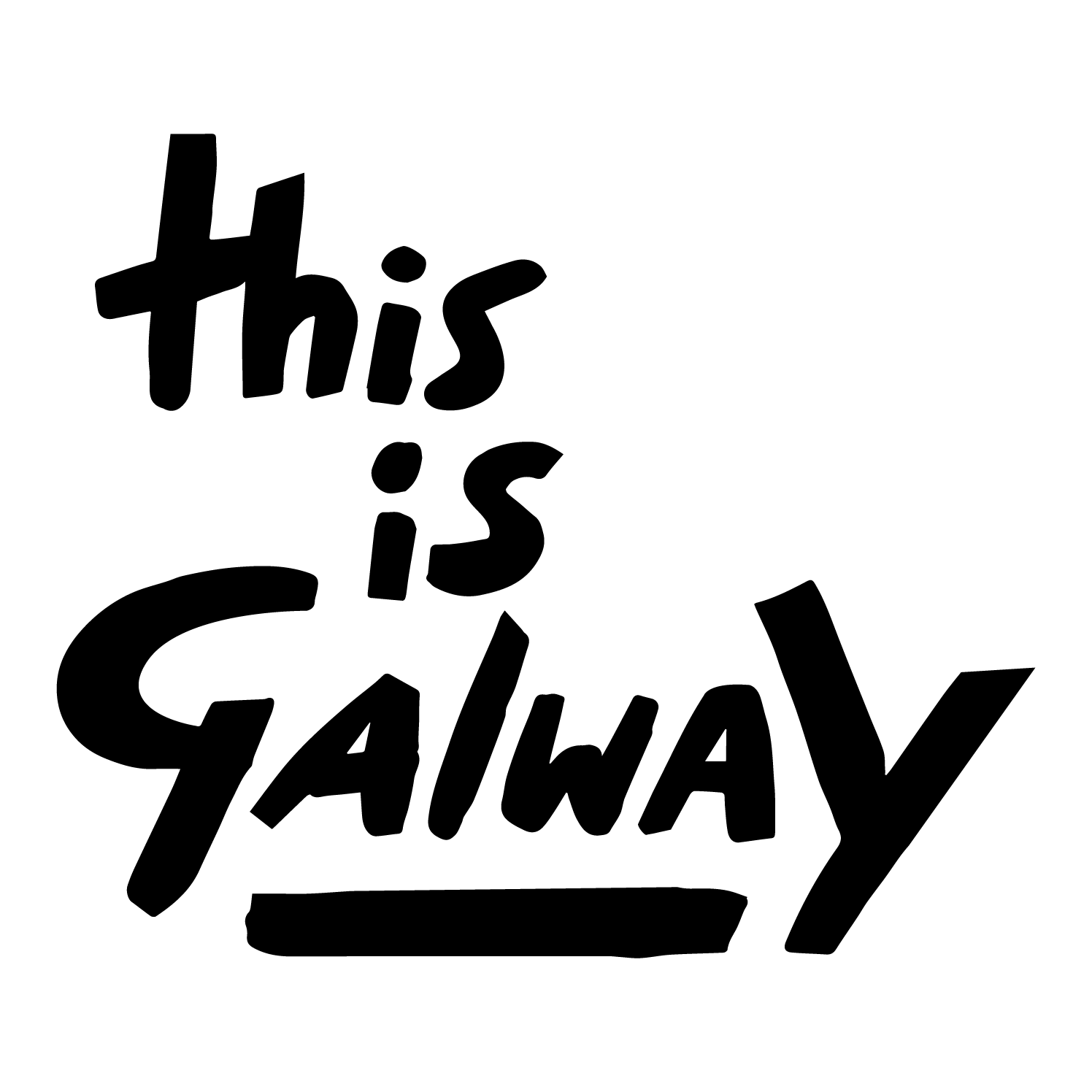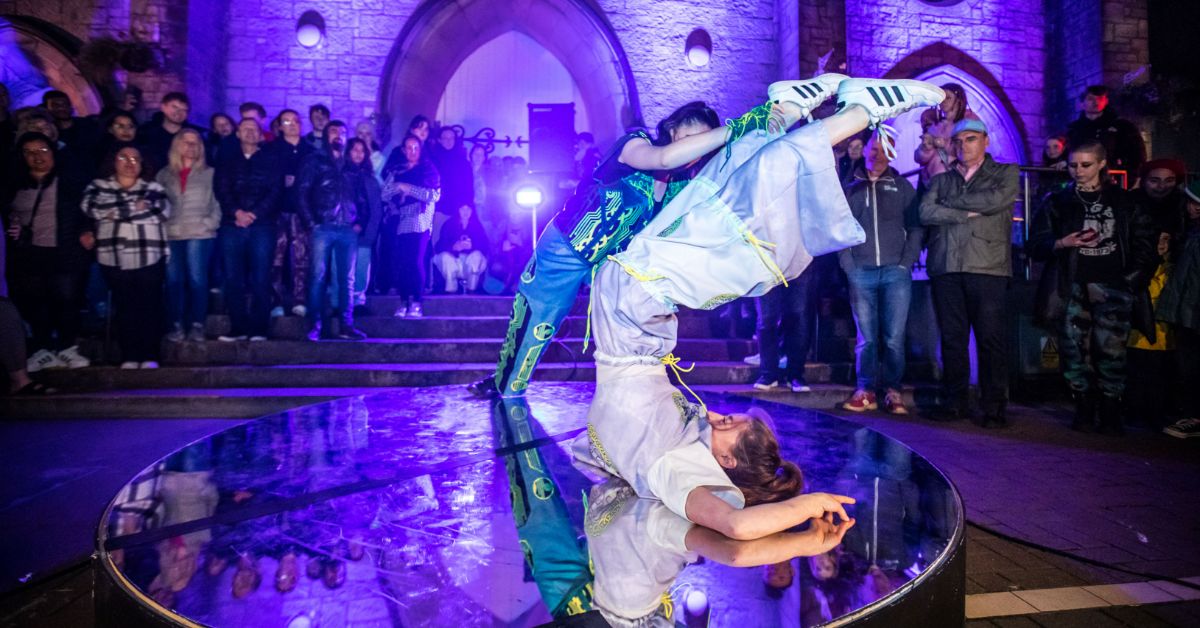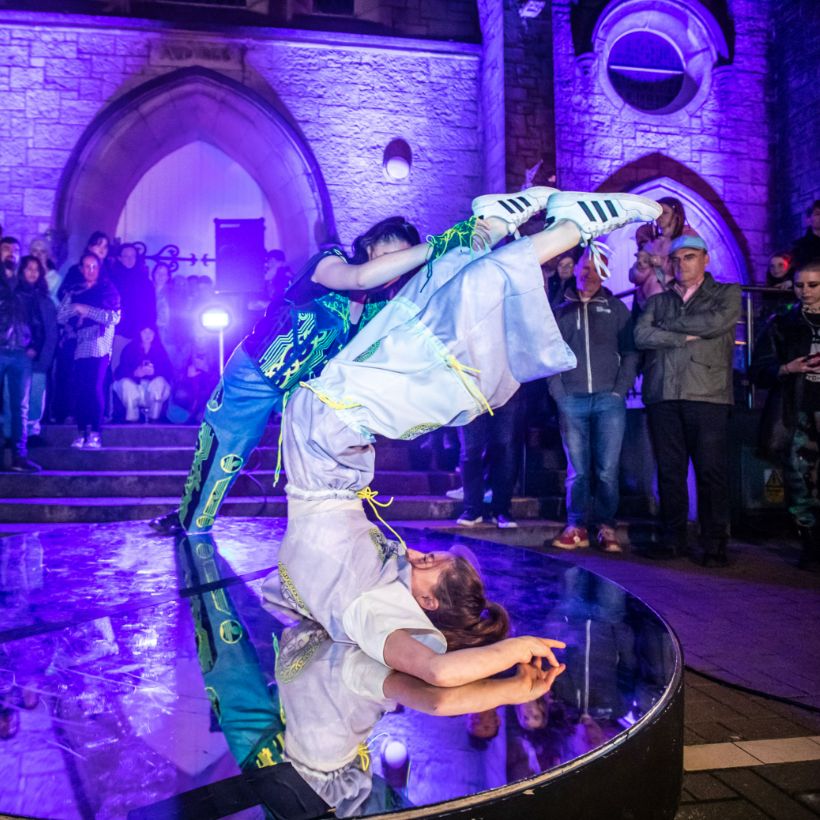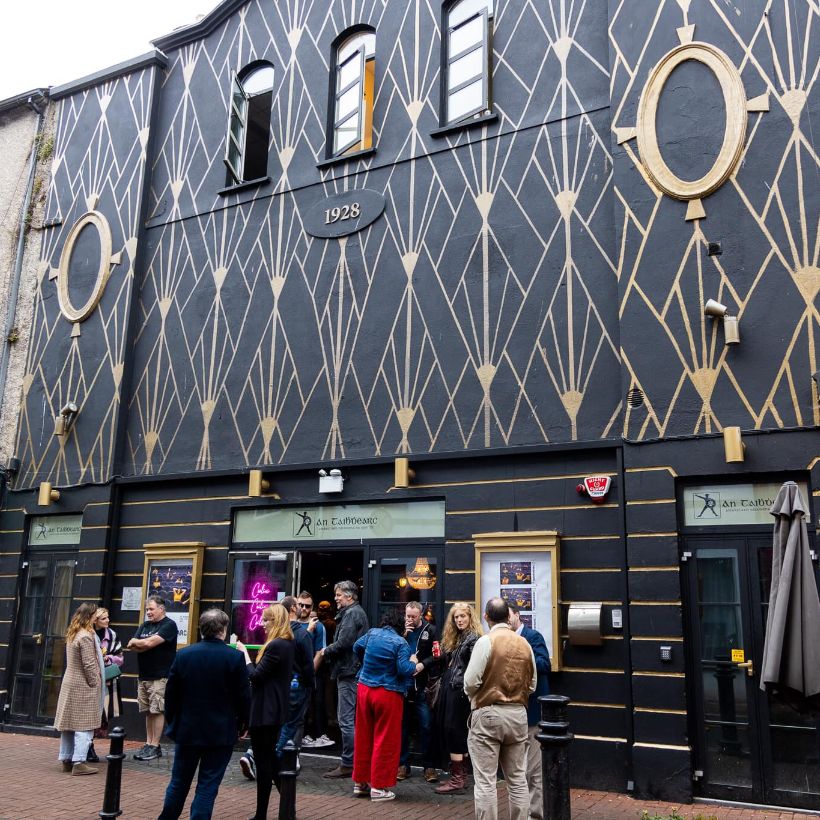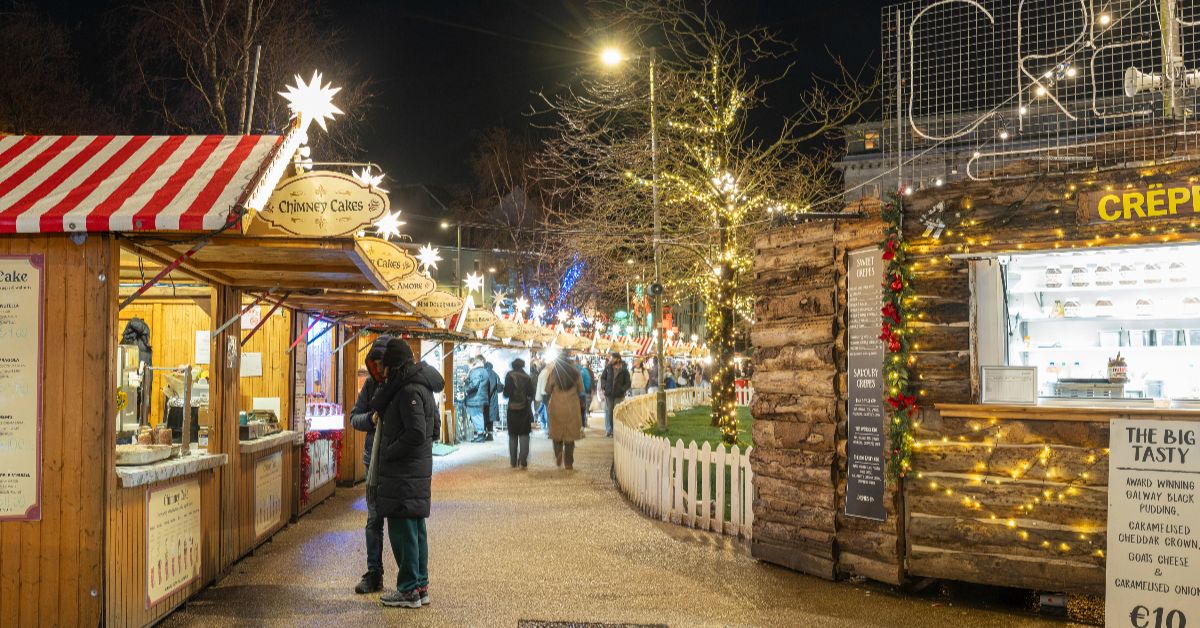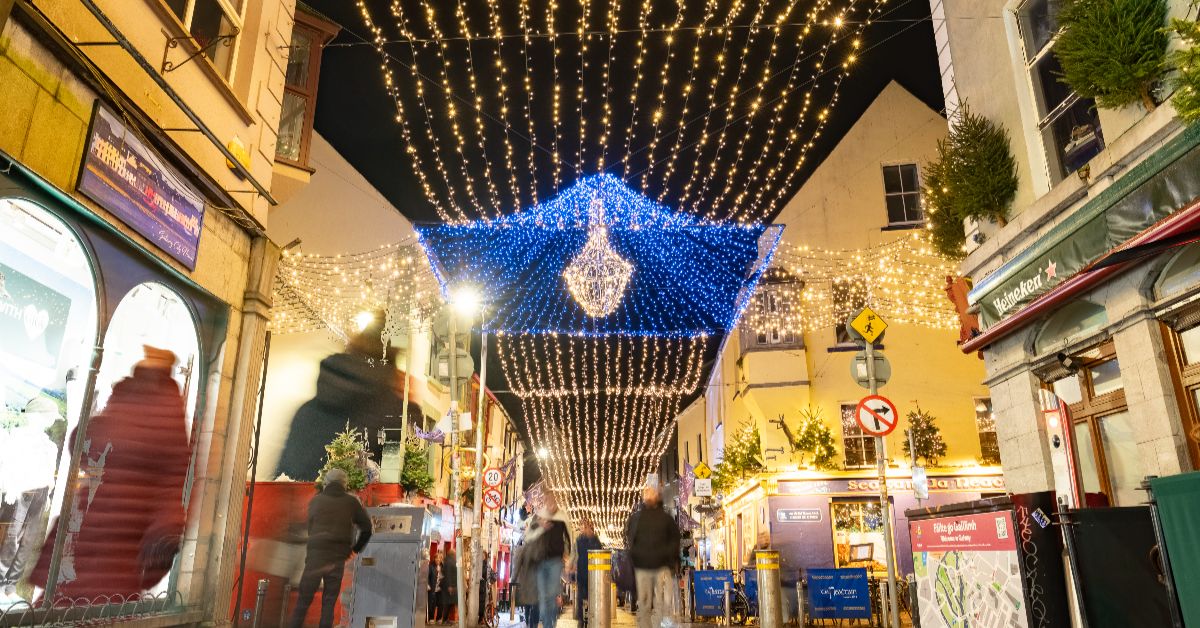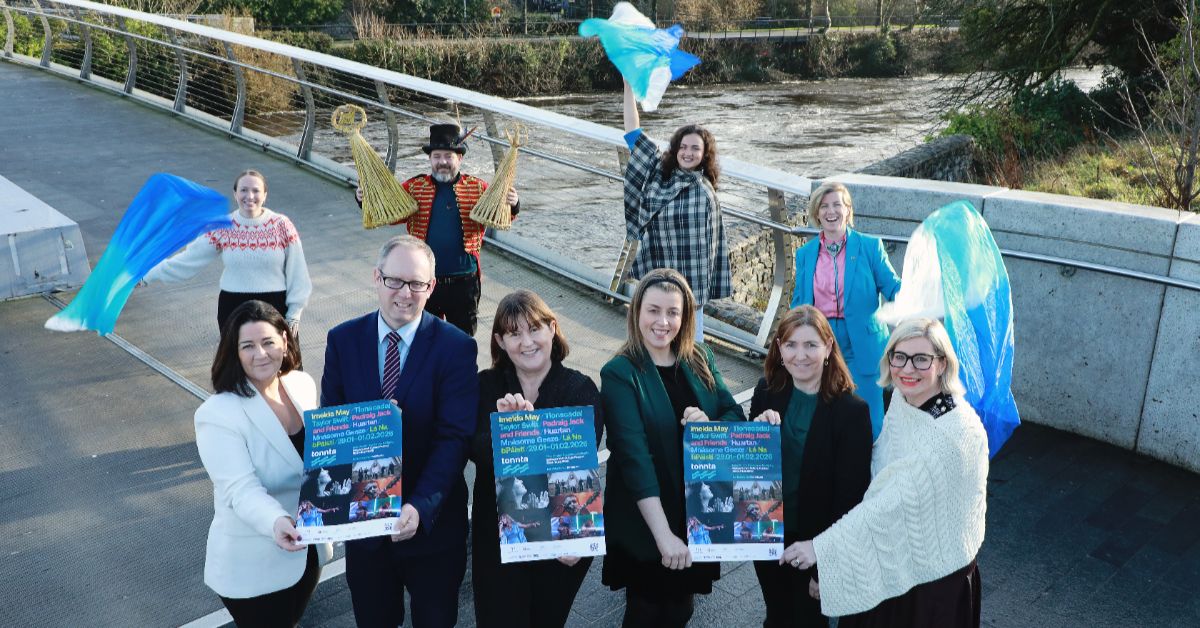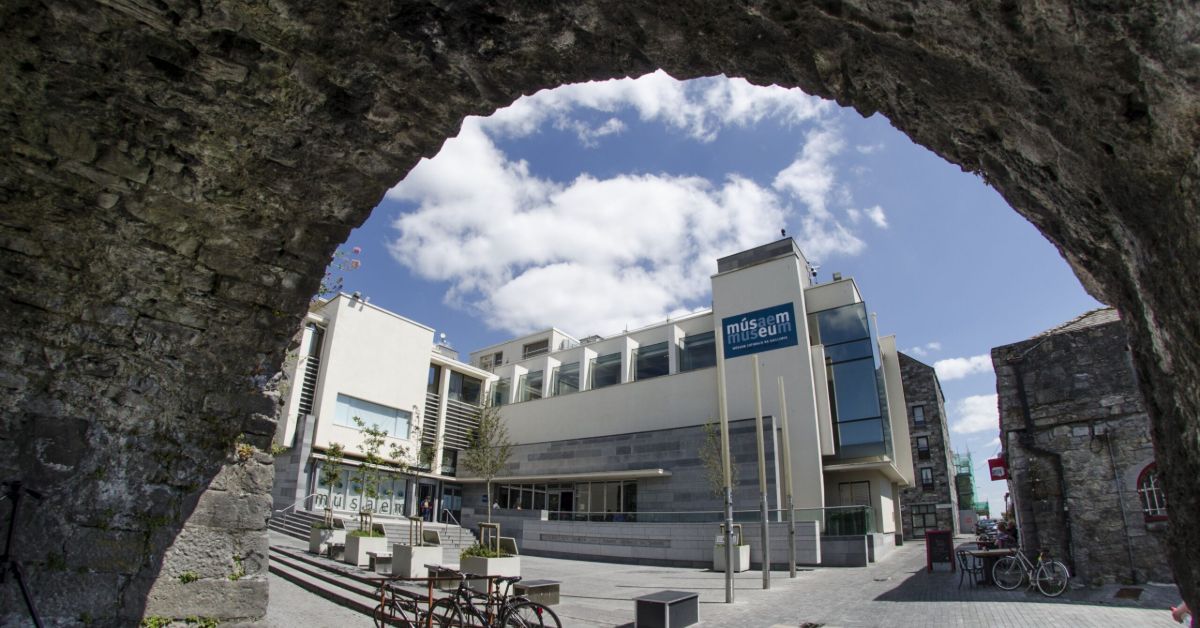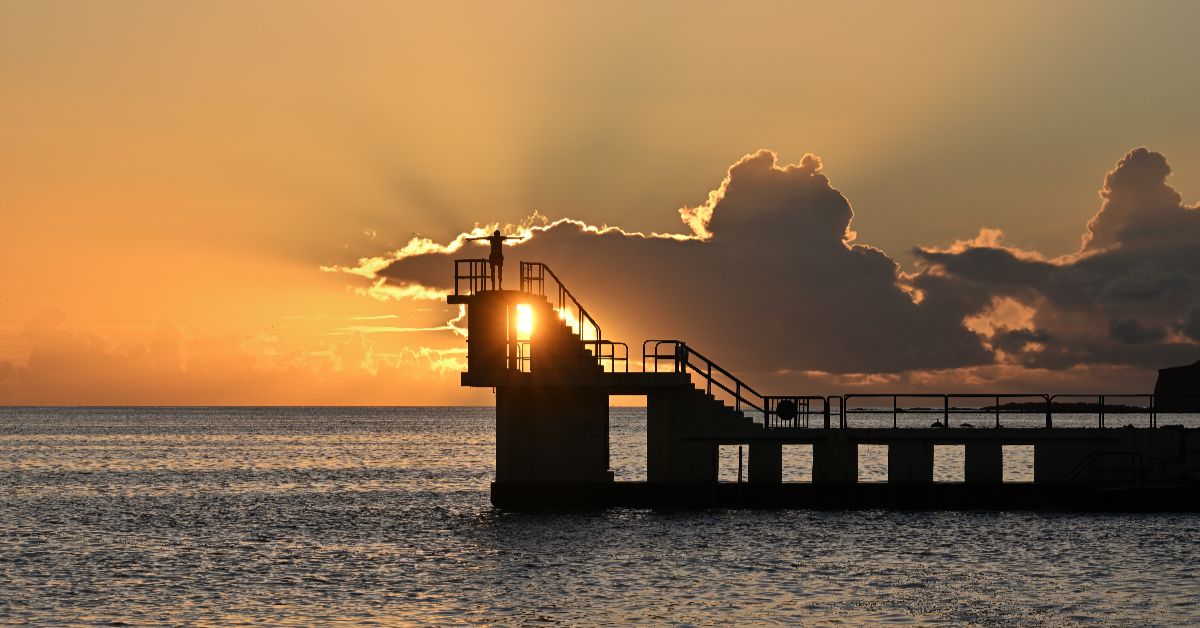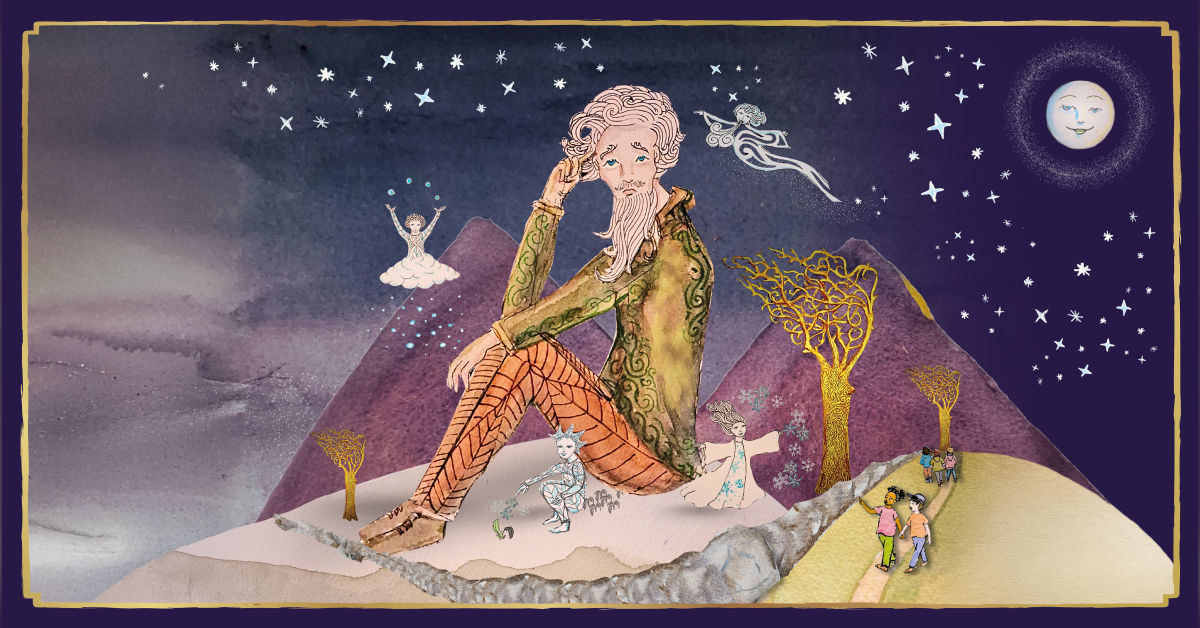Scéal na Gaillimhe is a unique initiative that aims to capture the essence of Galway's cultural, historical, and artistic heritage through the creative expressions of local talent. Stemming from an open call by Fíbín sa Taibhdhearc, this project invites artists, performers, makers, designers, and creatives from Galway City and County working through the medium of the Irish language to contribute to an exciting project that celebrates the rich tapestry of Galway.
Six successful applicants were selected through the open call and will present their work on Middle Street and on stage in an Taibhdhearc on the 7th of April, from afternoon until evening.
Producer Pearse Doherty explains, “Our theme, “The Story of Galway”, invites creative professionals working through the Irish language to explore the city and county’s narrative from their own unique perspective. We encourage creatives to share with us their interpretation of what Galway means to them. The piece can reflect on the city’s history, cultural diversity, or any aspect that resonates with them.”
Damhsa na gCoiníní
A group of both traditional and contemporary musicians and dancers based in Galway City and Conamara. Featuring: Peadar-Tom Mercier a traditional and contemporary musician from An Cheathrú Rua. Aindriú de Buitléir a sound designer based in An Cheathrú Rua. Becky Ní Éallaithe a sean nós dancer and musician from Indreabhán. Diarmuid Armstrong a contemporary dancer and musician based in Galway city, alongside Galway city contemporary dancers Fionnuala Doyle Wade and Roberta Ceginskaite.
As a group, they are interested in creating a fully collaborative environment where the sound and movement for a live performance piece will develop interdependently. The inspiration for this work will be the style of traditional music and set dances from Conamara considered through a contemporary music & dance lens. They are also curious about the physicality of the landscape from which these tunes originate, and how this physicality can inform the movement. Damhsa na gCoiníní feel it is important to merge tradition with contemporary art as this is representative of what Galway does well. They aim to create an exciting, energetic, and innovative live performance piece that seamlessly weaves the old and the new together.
Dúmhál
Written by Micheál Ó Conghaile performed by Cumann Drámaíochta Chois Fharraige. Dúmhál is based on a short story by Liam Ó Flaithearta. Set in Ireland around 100 years ago. The uprising happened a few years ago and the country has achieved freedom. The free state government are in charge. But the new state still holds a growing pain of what had happened before. This play is a representation of the growing pain between T.D. Maitias Ó Cinnéide - a devious politician that didn't contribute much but was in the right place at the right time and Mick Burton, Óglaigh na hÉireann and a Lieutenant who was out on the streets fighting for his life but now that the fight is over and there is no place to go. A seat is what is needed now. There's tension between himself and the politician that was riding high while the óglach was left on an empty beach with the alienation of a new society that doesn't have a need his occupation.
Cumann Dramaíochta Chois Fharraige is an Irish language drama group based in Amharclann Chois Fharraige, Indreabhán, Galway. It was founded in March 2001 to promote and provide drama through Irish in the Gaeltacht as well as outside of it. Plays of high standards are performed nationally and internationally with a particular emphasis on the best of the Irish language. They have proven that there is a large community that is fond of Irish language plays.
Cast and Crew for Dúmhal: Mick Brunton: Colm Joe Mac Donncha, Maitias Ó Cinnéidie: Eoghan Ó Riada, Producer: Máire Ní Mháille, Script Writer: Micheál Ó Conghaile, Set Designer: Dara McGee, Stage Manager / Costume/ Props: Bridie Ní Churraoin.
Flogaist
Aoife Clarke is a writer and director. Flogaist is based on the story of Richard Kirwan and Edward Bunting. Set in Cregg Castle in the year 1800, Edward Bunting visits the Castle to collect traditional music in Connacht. Richard is back in Galway after an exciting time studying around Europe and he is filled with knowledge from all over. He has a different attitude on music and Irish culture. He prefers classical music from Italy instead of any traditional music. He is annoyed with his heritage, the tribes of Galway and his life in the castle; A place that once welcomed story tellers and musicians from all over Galway. As time goes on, this intelligent man has come to a compromise with belief and new science, therefore a new outlook on his cultural identity. His understanding changed when he came across oxygen. That creates a different belief on his "Phlogiston Theory" (Flogaist). When Edward Bunting comes to Cregg with accomplished musicians from Connacht, the visitors change Richard's opinion on his background in Galway. This performance captures a historic place that contributed to scientific research and an important preserver of traditional music and how it changes over time.
Ar an Dé Deireadh
This play is based on the story of an old Greek marathon, but it is set in the old Connacht in the Middle Ages. In 490AD Pheidippidies ran a marathon to Athens (~40km) to announce their win in a battle against the Persians, but he died once he reached Athens. The historical framework of the play is that it is set in the year 1256, when the de Búrca family chased the Flaithbheartaigh out to West Connacht, in the middle of the Norman conquest.
The de Búrca’s took full possession of Loch nOirbsen (Lough Corrib and the river). Before the battle, the Flaithbheartaigh were in power and had control from Loch nOirbsen to Gnó Mór and Gnó Beag (baron of Moycullen) where the Irish tribe Dealbna Tíre Dhá Loch was. This play, will tell the story in which a messenger from the east of Dealbna Tíre Dhá Loch tribe is at the Corrib river, where a gate to the west would be to the Flaithbheartaigh’s fort (the city of Galway today), and they see a battle taking place where de Búrca is making his way to defeat the Flaithbheartaigh. The messenger runs back along the road of Cois Fharraige to announce, not victory, but defeat of the battle to the Irish in Gnó Beag and Gnó Mór and that they themselves will be annihilated next. The distance between where the west gate of Galway city would be and the furthest point on the coast of Gnó Mór (Carraroe) is ~42km - the same distance as the Greek marathon.
The cast/ crew is as follows: Caoimhghín Ó hEoghusa as the actor, Ristéard Ó hAodha as the director and Aindriú de Buitléir as the producer and technician.
Ceangal na Coiribe
A creative collaboration between two different arts organizations from different parts of Corrib. The Drumadore Drumming School based in Headford, is coming together with the Arlene Cooke Academy of Irish Dance based in Moycullen, to create a special performance of dance and drumming.
This project will look at the story of Galway in relation to rhythm - from its traditional rhythm associated with Irish dance to tribal rhythms associated with contemporary drumming, taking inspiration from all corners the world. It's a story about Galway today - a place where traditional arts coexist with contemporary arts and where local arts and international arts blend well together.
This creative piece will be led by Éimhín Cradock from Drumadore and Arlene Cooke from the Arlene Cooke Academy of Irish Dance. The drummers and dancers are young performers (ages 10 years and up).
Ainmniú na Cathrach
Fiachra Davoren’s script is about his story of Galway, or the true story of how Galway got its beautiful name. It is a charming, lively, beautiful city. It is a vibrant, gay, and thriving city. The name lives on in the language long after the noise is gone. But where did this name come from?
There is a story about a girl. A princess. Gaillimh, daughter of Breasail. Breasail was one of the leaders of the Fir Bolg, the people who were in Ireland before the Tuatha de Danann. Gaillimh drowned in the river and her father camped at that spot, mourning his daughter. They stayed there, keeping an eye on her spirit, and the river is named after her.
"But what happened to her?"
It's a sad story, about forbidden love, one about a man who going mad with power, a story about a man and a young woman who suffer misfortune. Gaillimh meets Feen, a young man from an island in Loch Corrib, and they fall in love as soon as they lay eyes on each other. But there is a betrayal and a feud between the two families, and the king vows that he will kill Feen if this relationship continues. Feen lives on, with tragic consequences for everyone. Gaillimh puts a curse on her father and the place, and she throws herself into the river, where she still is, inviting people to follow her.
For more information please see here. Scéal na Gaillimhe is presented by Fíbín sa Taibhdhearc in collaboration with Galway Culture Company.
Published on Updated on